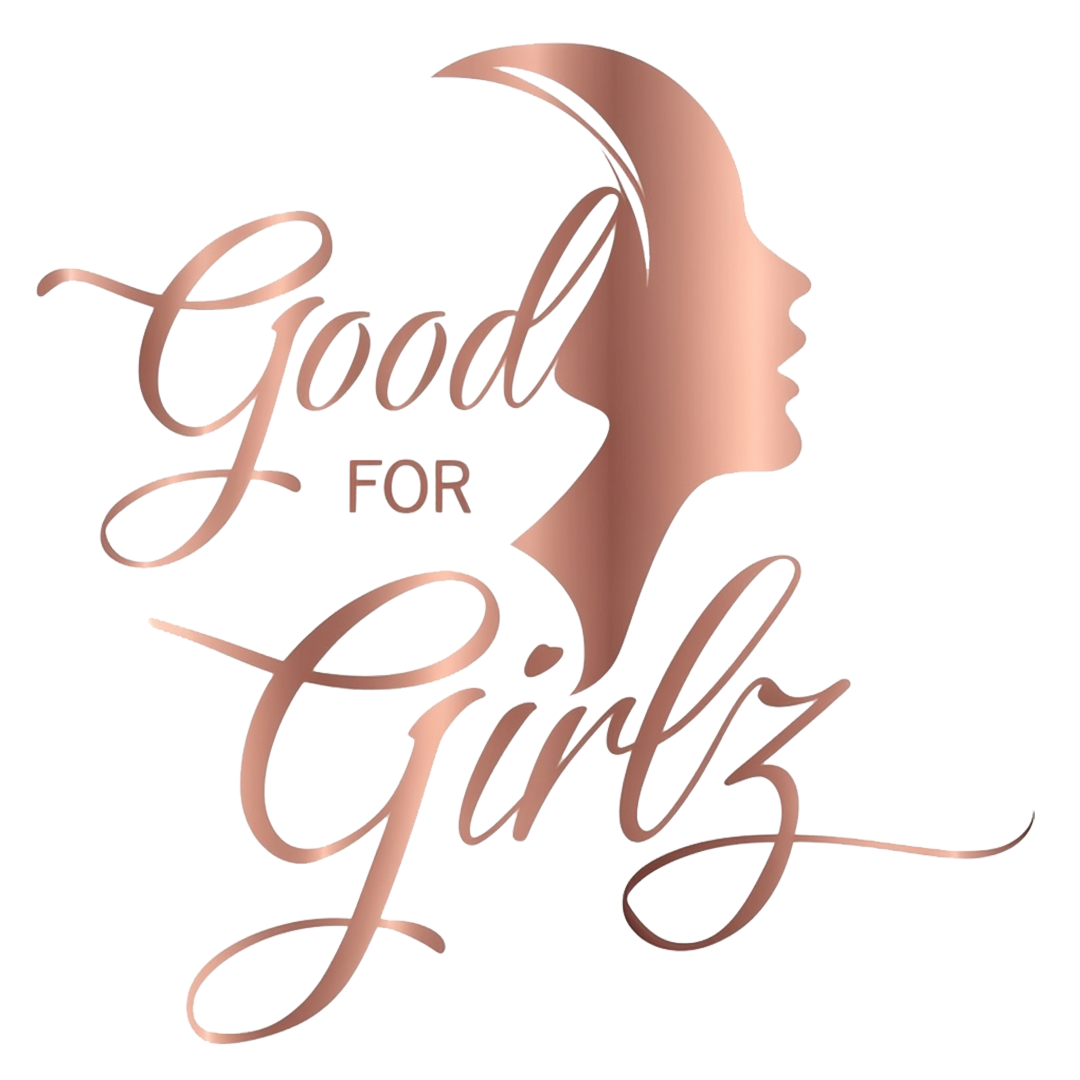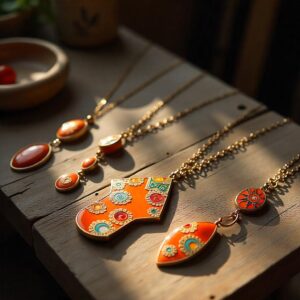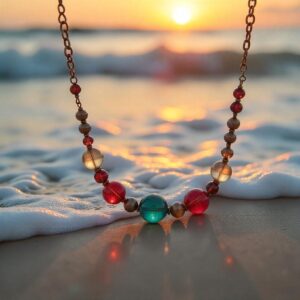A Reflection of Love and Culture
Bridal jewellery has always been a powerful symbol—representing love, family, and personal style. Over the decades, trends have shifted, mirroring societal changes, fashion movements, and technological advancements. Let’s take a look at how bridal jewellery has evolved.
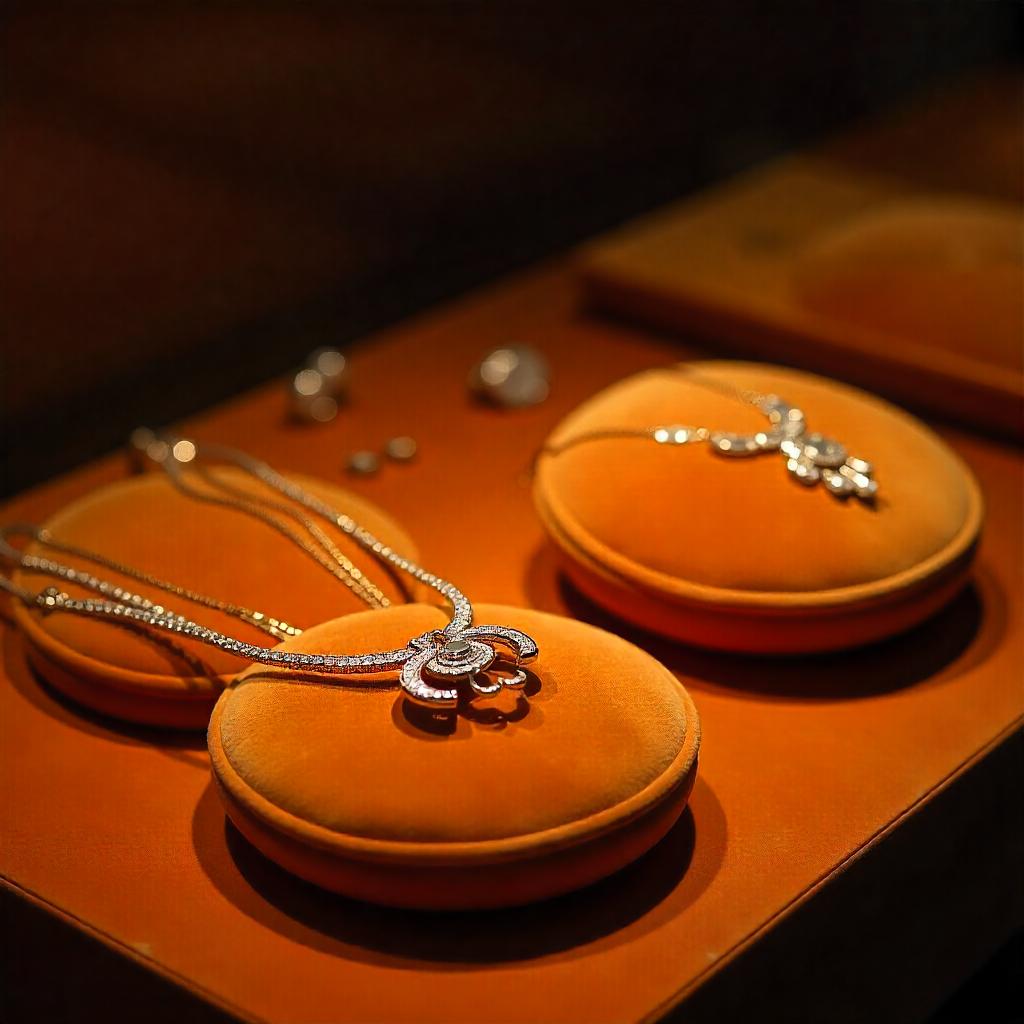
The 1920s: Art Deco Glamour
In the roaring twenties, brides embraced geometric shapes, platinum settings, and dazzling diamonds. The Art Deco era was all about bold lines, symmetry, and sophistication—reflecting a newfound freedom and modernity.
The 1930s–40s: Simplicity and Sentiment
With the Great Depression and World War II, simpler designs took hold. Yellow gold made a comeback, and heirloom pieces gained significance. Brides often wore family jewels, pearls, or modest diamond solitaires.
The 1950s: Classic Hollywood Elegance
The post-war boom brought opulence back. Brides embraced glamorous, feminine styles inspired by stars like Grace Kelly and Audrey Hepburn—think platinum settings, larger diamonds, and timeless pearl strands.
The 1960s: Mod and Minimalism
As the world turned modern, bridal jewellery reflected sleek lines and minimalist silhouettes. White gold and simple bands gained popularity, while unconventional gemstone choices, like turquoise and opals, began to appear.
The 1970s: Boho and Nature-Inspired
Brides in the 70s embraced a bohemian vibe—featuring organic designs, mixed metals, and natural elements like feathers and floral motifs. The focus shifted from flashy to earthy, with an emphasis on individuality.
The 1980s: Bigger is Better
The 80s were all about maximalism—bold statement pieces, oversized earrings, and chunky necklaces. Yellow gold reigned, and matching sets became a hallmark of bridal style.
The 1990s: Understated Chic
Minimalism returned in the 90s, with sleek solitaire rings, delicate chains, and simple pearl earrings. Platinum and white gold were the metals of choice, echoing the decade’s streamlined aesthetic.
The 2000s: Bling and Branding
Pop culture influenced bridal trends in the 2000s, with flashy engagement rings, celebrity-inspired designs, and brand-name pieces dominating. White gold and diamonds were everywhere, and personalization started gaining traction.
The 2010s: Vintage Revival
Brides began looking back for inspiration—vintage-style settings, halo rings, and heirloom-inspired designs gained popularity. Rose gold surged as a romantic alternative to traditional metals.
The 2020s: Sustainability and Individuality
Today’s brides are choosing pieces that reflect their values and stories. Lab-grown diamonds, ethically sourced gems, and custom designs are in high demand. Brides mix metals, personalize details, and often choose statement pieces that reflect their personality.
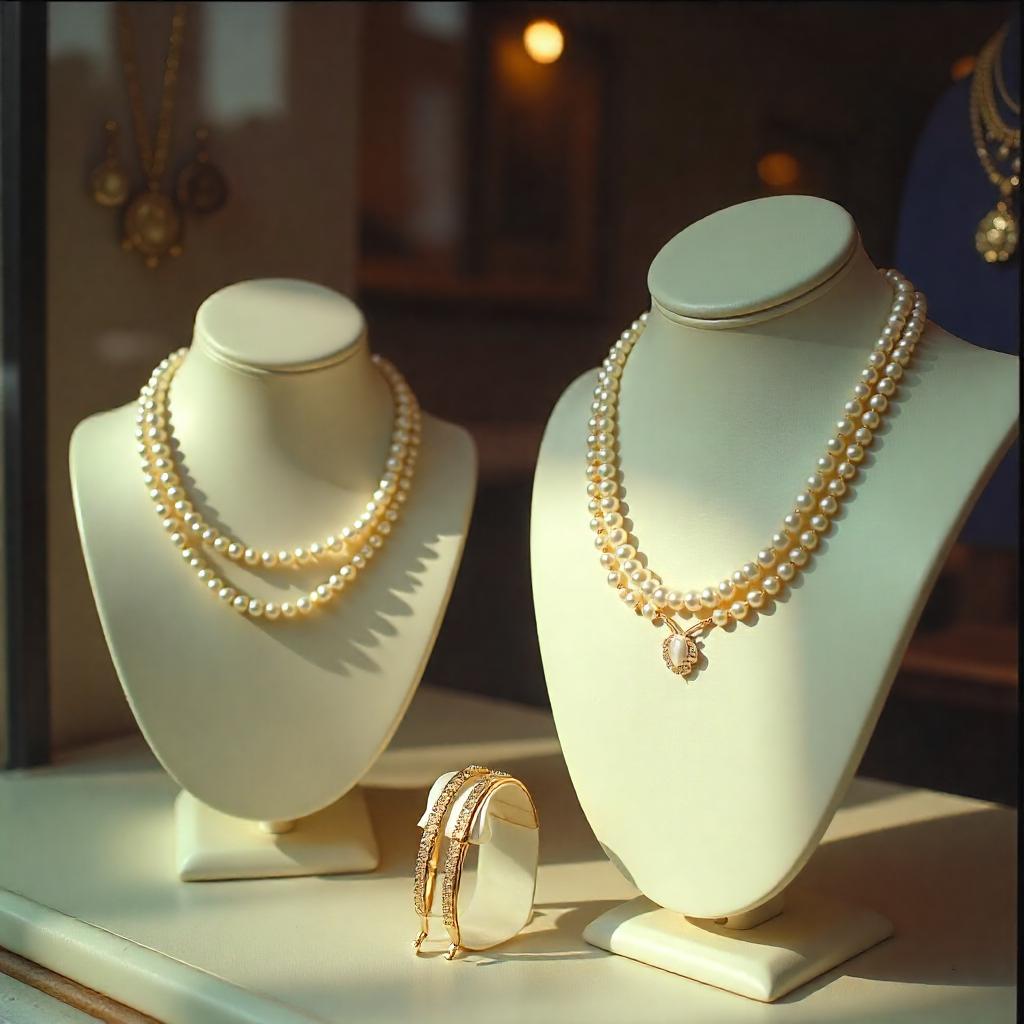
Conclusion: A Legacy in Every Piece
Bridal jewellery isn’t just an accessory—it’s a reflection of love, heritage, and self-expression. As styles evolve, the essence remains the same: each piece tells a story that continues across generations.
